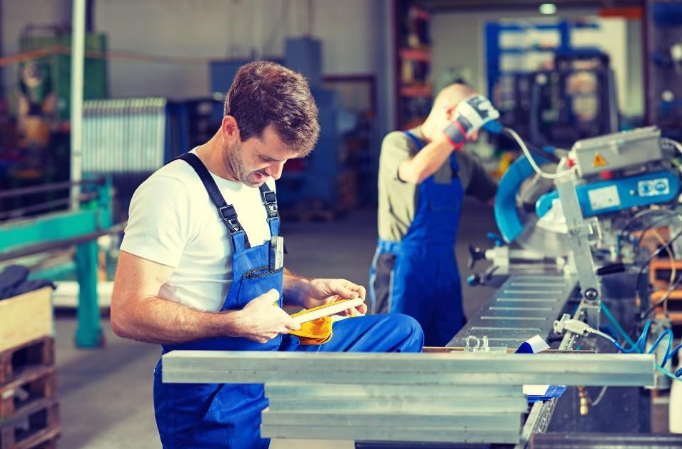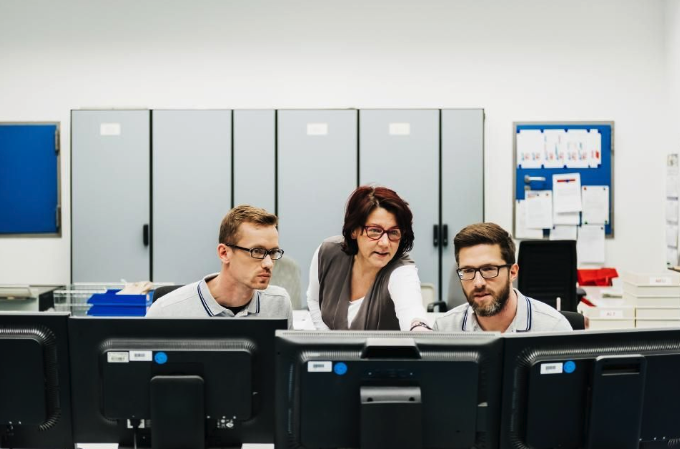Forbes: Human-Technology Symbiosis in Manufacturing: Changing the Discussion About Automation and Workforce
Part 2 in a two-part series exploring the less tangible benefits of Industry 4.0.
Will technology help or replace workers?
The debate within manufacturing about whether technology will completely replace people is interesting, but it’s the wrong debate to be having. Technology is changing the workforce, it’s a fact, and it has eliminated low-skilled manufacturing jobs in the past; but it’s not as black-and-white as most arguments suggest.
Rather, the discussion should be about the concept of human-machine (or man-computer) symbiosis, the mutually beneficial relationship between humans and technology, and how machines and software can intelligently and physically increase the productivity of the systems to be more than that of human or machine alone. With the emergence of Industry 4.0 and the capabilities of Industrial Internet of Things (IIoT), the conversation should refocus on how to best transition displaced workers into the high-salaried, higher-skilled roles that are created along with the adoption of technology.
In fact, human-machine symbiosis is not a new concept. We know this from historical experience–and not just the old go-to story of the first Industrial Revolution. Accountants have abandoned handwritten ledgers in favor of electronic spreadsheets. Product designers and architects have transitioned from manual to automated drawing tools. And few scientists and engineers use the once ubiquitous slide rule to assist with calculations. In each of these instances, technology eliminated tedious, time-consuming manual work, even as it augmented the education, skills and experience of the professionals.


